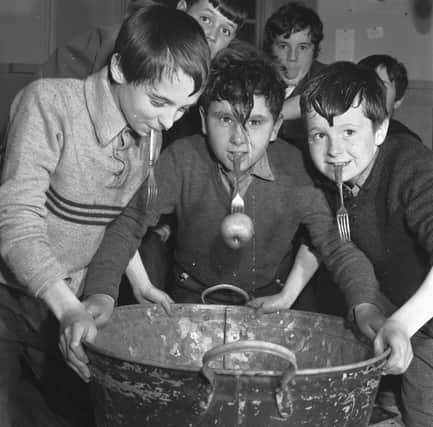Its origins can be traced back millennia to the ancient Celts who celebrated the annual Samhain festival to mark the end of summer and the beginning of winter.
Samhain symbolised the boundary between the world of the living and that of the dead and this tradition was preserved right into the modern era, crossing continents and becoming famous worldwide.
By the 1960s, the ancient ritual now known as Hallowe’en had been watered down and had become child-friendly, but this only ensured its survival.
The main event of the evening for most Scots children involved dressing up in appropriate Hallowe’en attire, chapping someone’s door and seeing who could earn the most sweets, monkey nuts and the odd threepenny bit.
The American ‘trick-or-treating’ phenomenon was a concept not unfamiliar to most Scots, but nobody called it that yet. Instead, you adopted a disguise – hence the term ‘guising’.
The typical costume was nowhere near as elaborate as those worn in future decades. Children would use whatever was lying around the house to achieve the desired ghoulish or comic effect.
A couple of irregularly-sized cardboard boxes, a colander and plunger formed a perfect Dalek; a worn deer stalker, a tobacco pipe and one of your dad’s old tweed coats made for the ideal Sherlock Holmes.
Many a finger was nicked and many a sweary word was uttered by the adoring father over the course of the decade, hollowing out and carving the notoriously robust ‘tumshie’ for the Hallowe’en lantern or “tattie bogle”.
Pumpkins were an exotic commodity in 1960s Scotland. People had heard of them; perhaps seen them on television, but they had yet to replace the humble and tough-as-nails turnip.
Originally intended to ward off evil spirits, the face-carving of the ‘neep’ was an art. It required the skill of a ninja and the patience of a saint and the best examples would attract a great deal of awe.
At Hallowe’en parties, children would ‘dook’ for apples, a tradition that survives today, but may be off the cards for the foreseeable depending on how the coronavirus pans out.
Dookin’ for apples essentially involves chucking a dozen or so apples into a half-filled basin and ordering a group of children, or adults, to place their hands behind their back and retrieve the floating fruit with their teeth. The results can be messy.
Even messier was a game involving a strung up treacle bun, in which participants, hands again behind their backs, attempted to grab the bun with their teeth as it swung back and forward,
A message from the Editor:
Thank you for reading this article. We're more reliant on your support than ever as the shift in consumer habits brought about by coronavirus impacts our advertisers.
If you haven't already, please consider supporting our trusted, fact-checked journalism by taking out a digital subscription at https://www.scotsman.com/subscriptions.
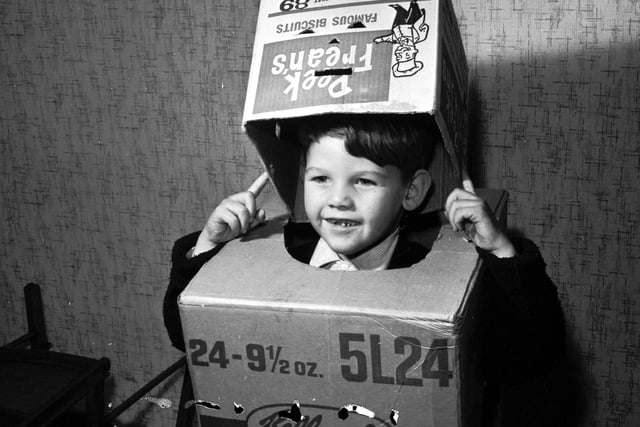
1. Aye, Robot
Michael Haughian from Clermiston in Edinburgh, dressing up in cardboard boxes as a robot to go guising. Photo: Stan Warburton
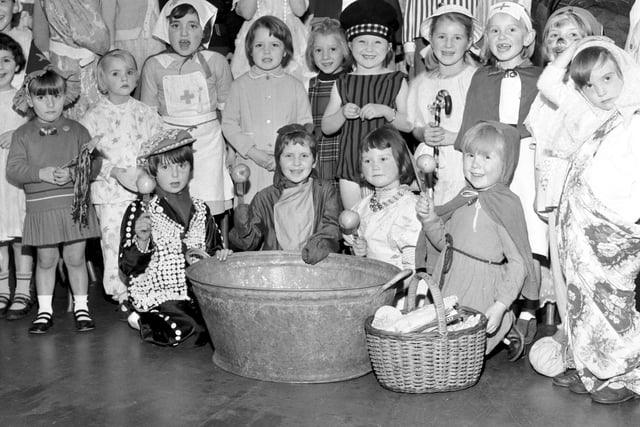
2. Hallowe'en party by the Girls' Brigade
Hallowe'en party by the Girls' Brigade of the Old Kirk, Pennywell Road, Edinburgh. Photo: Alan Ledgerwood
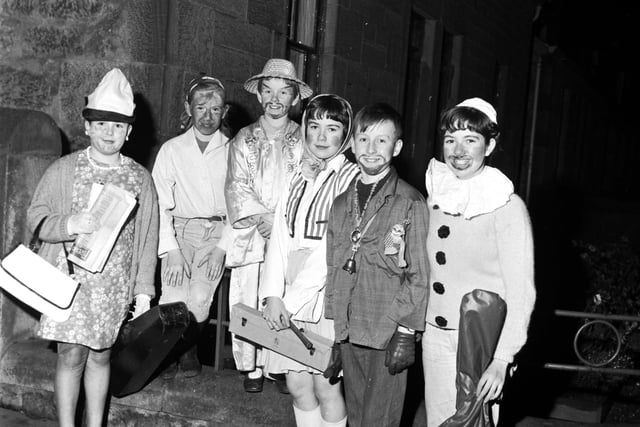
3. Young guisers
Young guisers dressed as Chinaman, Hippy, Clown etc with their musical instruments in Falkirk, November 1967 Photo: B B
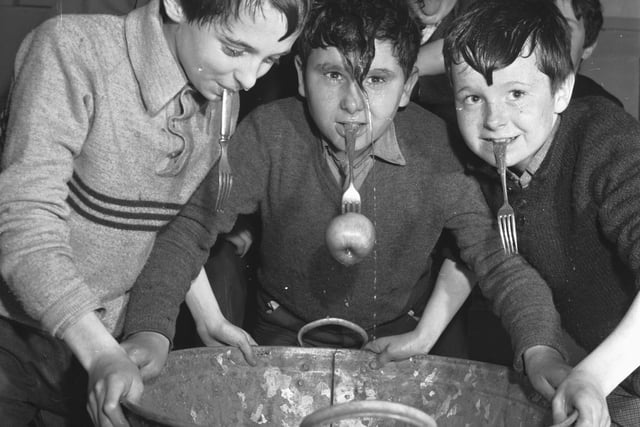
4. Dookin' for apples
The Tweedie Memorial Boy's Club Hallowe'en party showing boys dookin' for apples in 1967. Photo: Joe Steele
